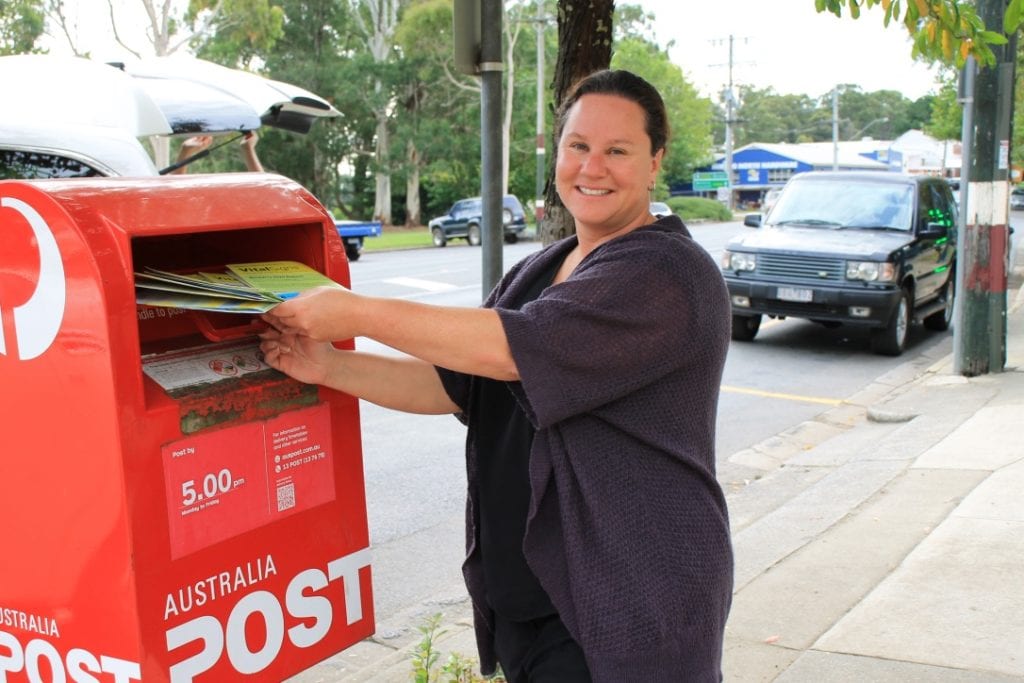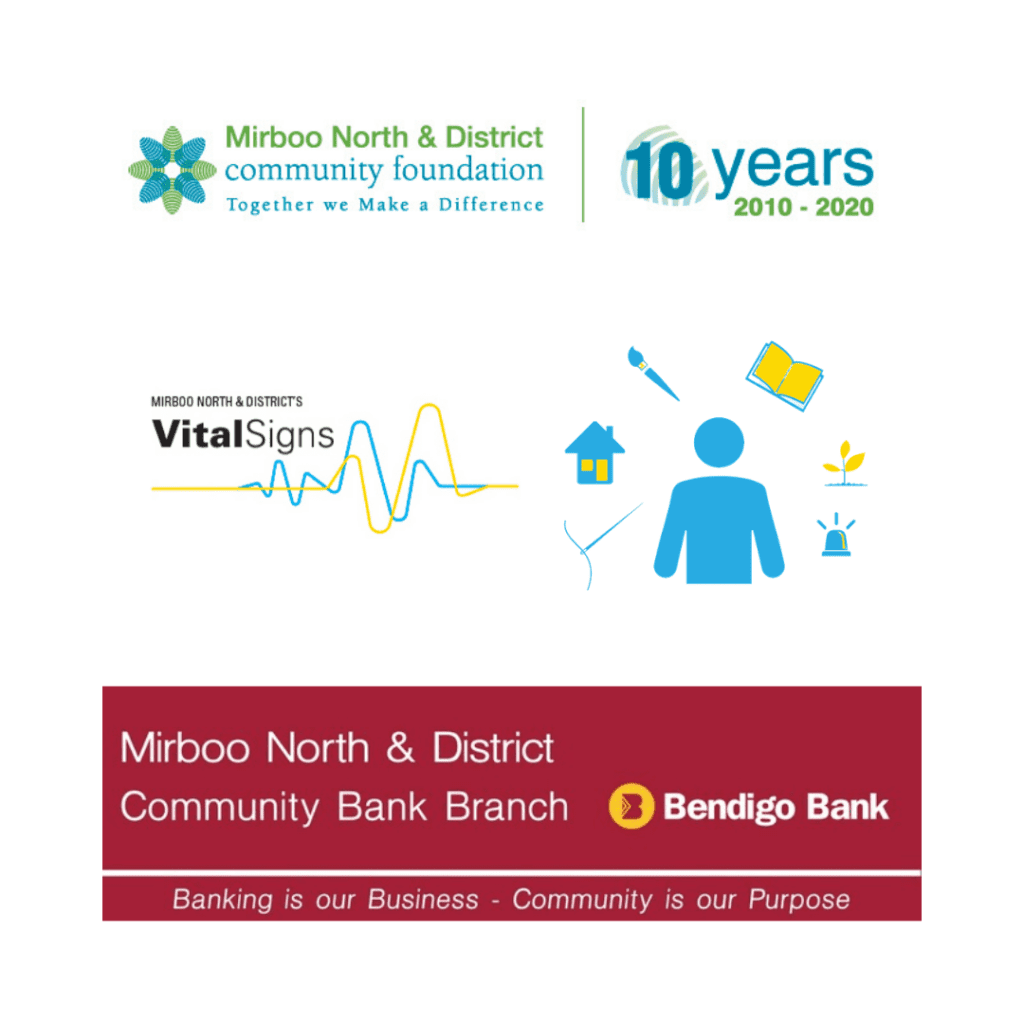The Mirboo North and District Community Foundation in conjunction with the Mirboo North and District Community Bank, is about to post its anticipated Mirboo North and District’s Vital Signs Report to every household that resides within their local district.
“From March 30th households will begin to receive the report, which contains highly visual local data pertaining to health, economy, education, environment and belonging,” said Ruth Rogan, Executive Officer of the Community Foundation.
The Vital Signs Report, a concept which was initially developed in Canada, aims to take the pulse of the local community, identifying trends and needs using publicly available data combined with local knowledge and people’s lived experiences.
“A team of community representatives from Yinnar, Boolarra, Mirboo North, Thorpdale and surrounds was formed, which were then consulted regularly during the process. They helped to choose the themes highlighted in the report, and we held community forums in each township so that we could get as much local feedback as possible before finalising the report,” continued Ruth.
Mirboo North and District Community Bank partnered with the Community Foundation, who believe the report will help both organisations to decide where to invest their grant resources for the greatest impact.
“Understanding community needs in areas like health and wellbeing, education and economy, as well as belonging is a vitally important step in creating local solutions that we can all contribute to,” said Anne Marie Dieperink, Executive Officer of the Mirboo North and District Community Bank.
“As a granting organisation, having this information at our fingertips ensures that our community continues to be a great place to live, now and into the future.”
The Vital Signs Report is unique, in that it is the first of its kind to be produced in rural Australia, focusing on a much smaller geographic location than any previous reports. Four thousand reports have been printed for local delivery, with extra copies available at local post offices and public buildings in each locality.
“The communities in our small district are located in three different shires, so they do identify with different sets of data and local experiences,” explained Ruth.
“Therefore we have actually created four separate reports tailored to Mirboo North, Thorpdale, Yinnar and Boolarra, so each area will receive their very own report.”
The highly visual report is designed to be “easy to read”, so that people of all ages and abilities can read it. It is designed to provide a snapshot of local issues and opportunities, as well as local stories relating to the theme areas. It features a special “Village of 100” section, where local demographics are broken down visually to demonstrate the make-up of the community and the importance of local issues on a simple scale.
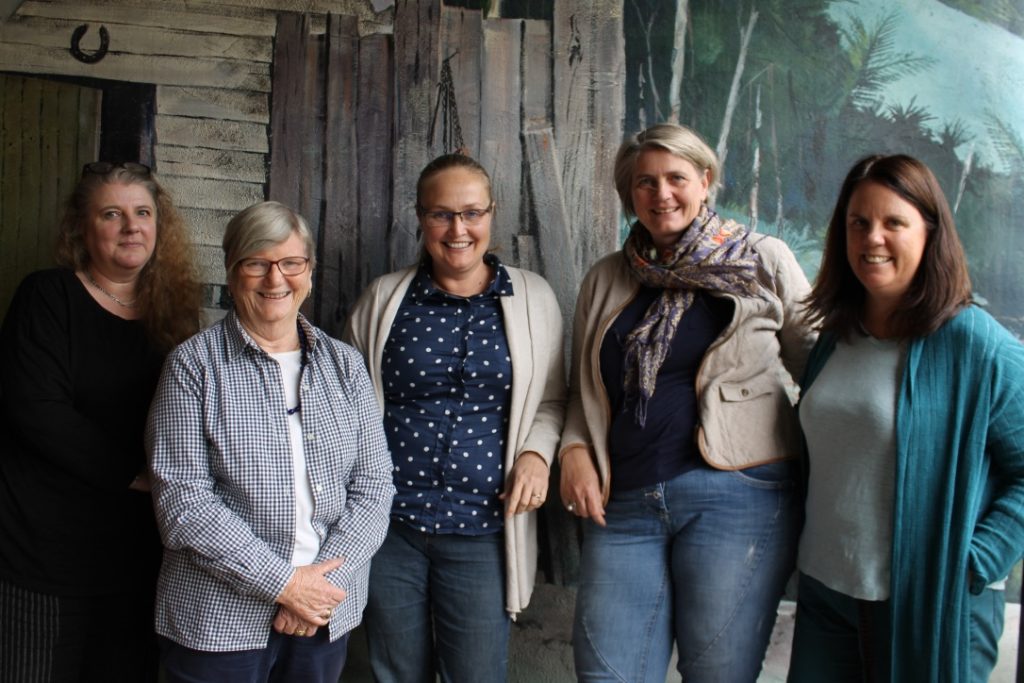
(L-R) Kate Buxton, Marg Lynn, Viv Williams, Anne Marie Dieperink and Ruth Rogan.
While the report does not aim to prioritise one issue over another, some of the reports findings include:
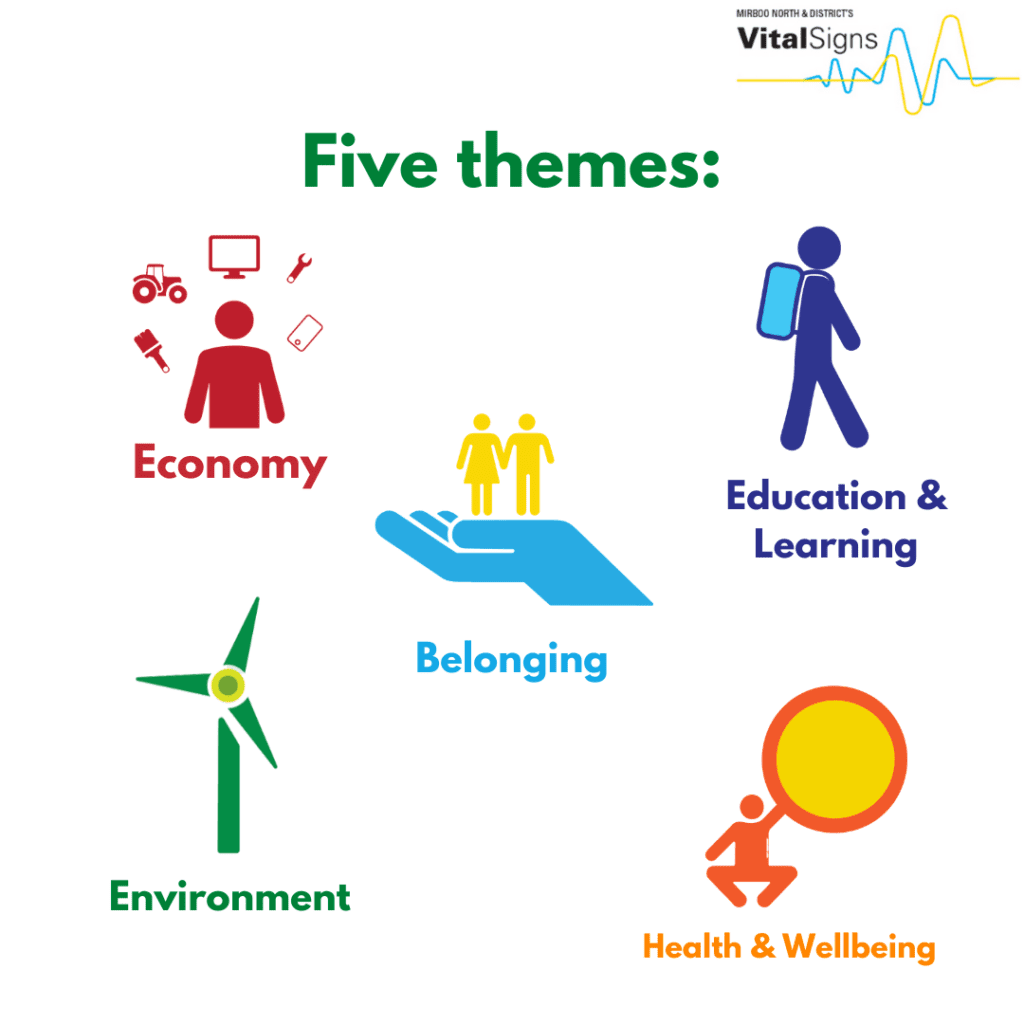
Health and Wellbeing
The data shows that mental health, alcohol consumption, and family violence are vital issues for our community. Our health behaviours are contributing to our rates of obesity.
Education and Learning
Our district provides us with many educational opportunities from early learning to life-long learning. The data shows that not as many of our young people go on to tertiary education, but those that do have a high participation rate in vocational education and training.
Economy
The number of jobs in our region has grown, but not as fast as Victoria. Our unemployment rate however is lower than Victoria. More than a fifth of us run our own businesses or are self-employed.
Environment
The natural environment that surrounds us is one of the reasons that we love where we live. Maintaining our region’s biodiversity and managing the impact of climate change is a priority for our community.
Belonging
Wellbeing is a strength across our district and most feel that people in their neighbourhood are willing to help each other.
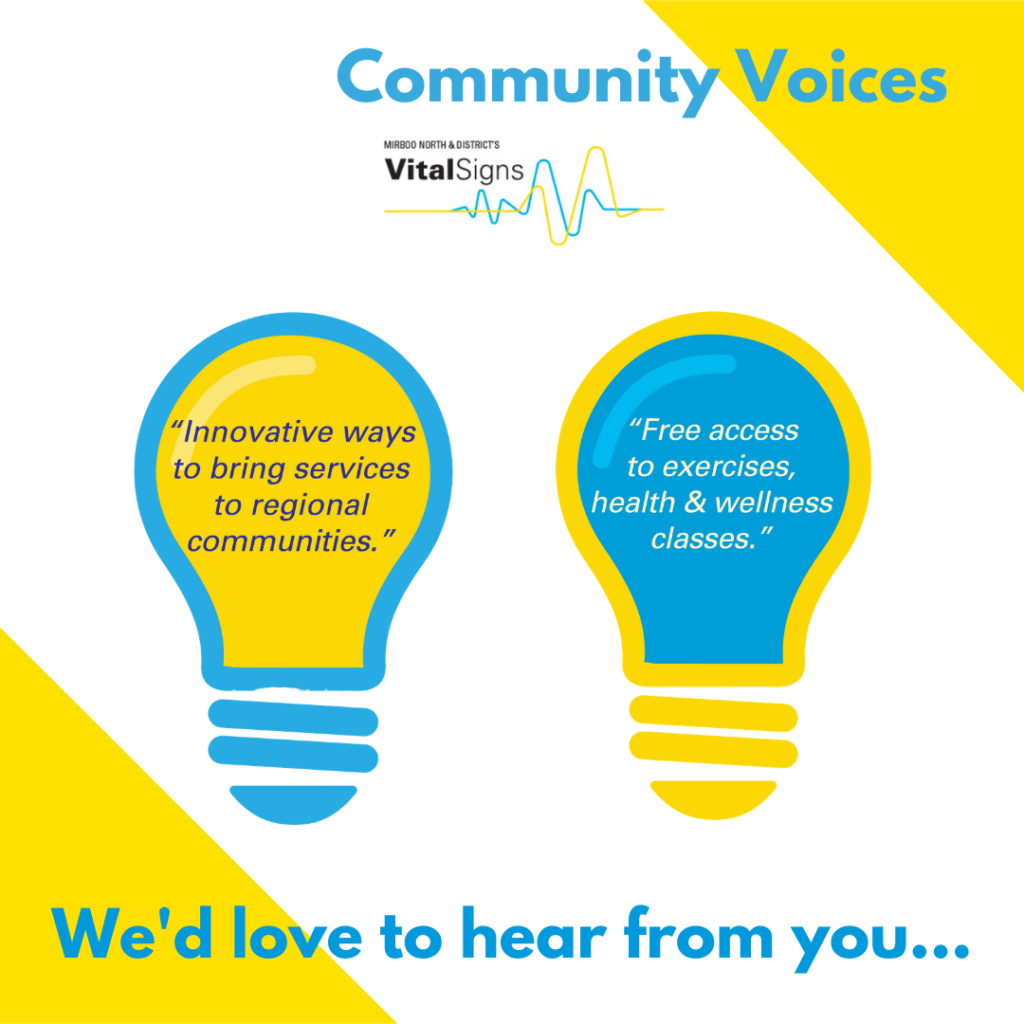
What’s next?
The next step for the Vital Signs Report in the short term is to receive feedback on the report directly from people in the community and in the long term it hopes that this begins an open conversation between the Community Foundation, the Community Bank, local organisations, government and the public on how to make change.
“We do hope that local people will identify what issues are important to them, and acknowledge what surprised them about the report. We encourage them to reach out and engage with us so they can participate in future discussion and action in their community,” said Ruth.
“Determining which local issues should be prioritised and how we can address these issues together will be a focus of the work that comes from this report.”
“In light of recent events happening on our doorstep and throughout the world, we think it’s more important than ever to be proactive about highlighting the challenges and opportunities that our district faces,” added Anne Marie.
“By having this information on hand, we can begin to have real grass-roots conversations around how we can overcome obstacles and celebrate opportunities together. This is just the beginning,” she concluded.
